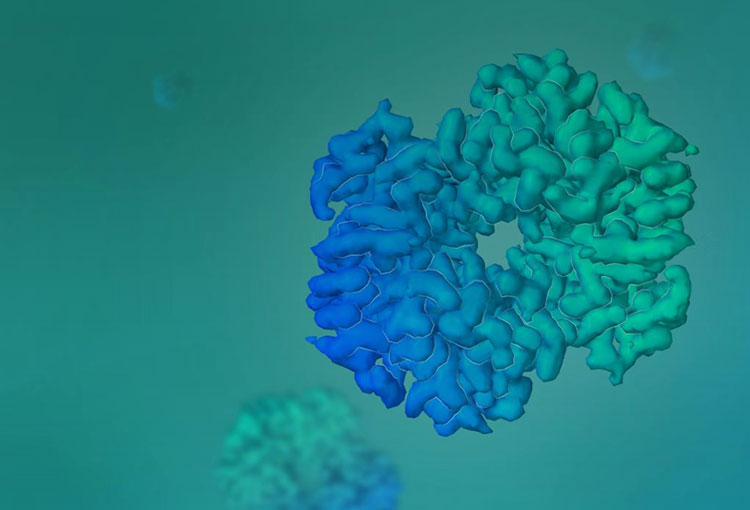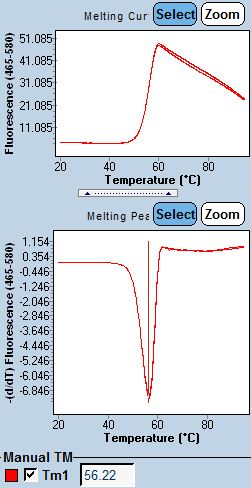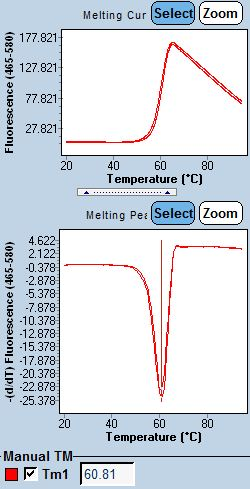
- About Us
-
CRO Services
- PROTAC/Molecular Glue Services
- Protein Preparation and Ternary Complex Structure Determination
- PROTAC/Molecular Glues Screening
- PROTAC Ternary Complex Kinetics (SPR)
- PROTAC Degradation Assays and Ternary Complex Assays
- PROTAC Molecule Design and Synthesis
- ADME & PK/PD Studies of PROTAC Molecules
- AIDD/CADD PROTAC Design
- CDMO Services
- EFS Business
- News
- Careers
- Investor Relations
- Contact Us


Thermal Shift Assay (TSA) is a technique to determine the thermal transformation stability of proteins, and can be used for large-scale screening of specific protein ligands. Its specific principle is that in the natural state of protein, the hydrophobic group is hidden inside the structure. As the temperature rises, the protein transforms into a denatured state, and the hydrophobic group is exposed. The exposed hydrophobic group can bind to the fluorescent dye (Sypro Orange), and the fluorescent dye will release a fluorescence signal. The stability of proteins is reflected by detection of fluorescence intensity. Viva Biotech has rich experience in TSA experiments, with fluxes reaching thousands of samples per week.
At different temperatures, the intensity of fluorescence is different due to the amount of hydrophobic groups exposed from the protein, and the fluorescence-temperature curve can be visualized.

Figure 1: Protein TSA Curve
When the ligand binds to the protein, the stability of the protein increases, resulting in fewer hydrophobic groups being exposed at the same temperature. A higher temperature is required to fully expose the hydrophobic groups of the protein, which shifts the fluorescence-temperature curve to the right.

Figure 2: Protein + Ligand TSA Curve

Copyright © Viva Biotech All Rights Reserved. 沪ICP备19036061号
- About Us
-
CRO Services
BackCRO ServicesService & Technology
- CDMO Services
- EFS Business
- News
- Careers
- Investor Relations
- Contact Us